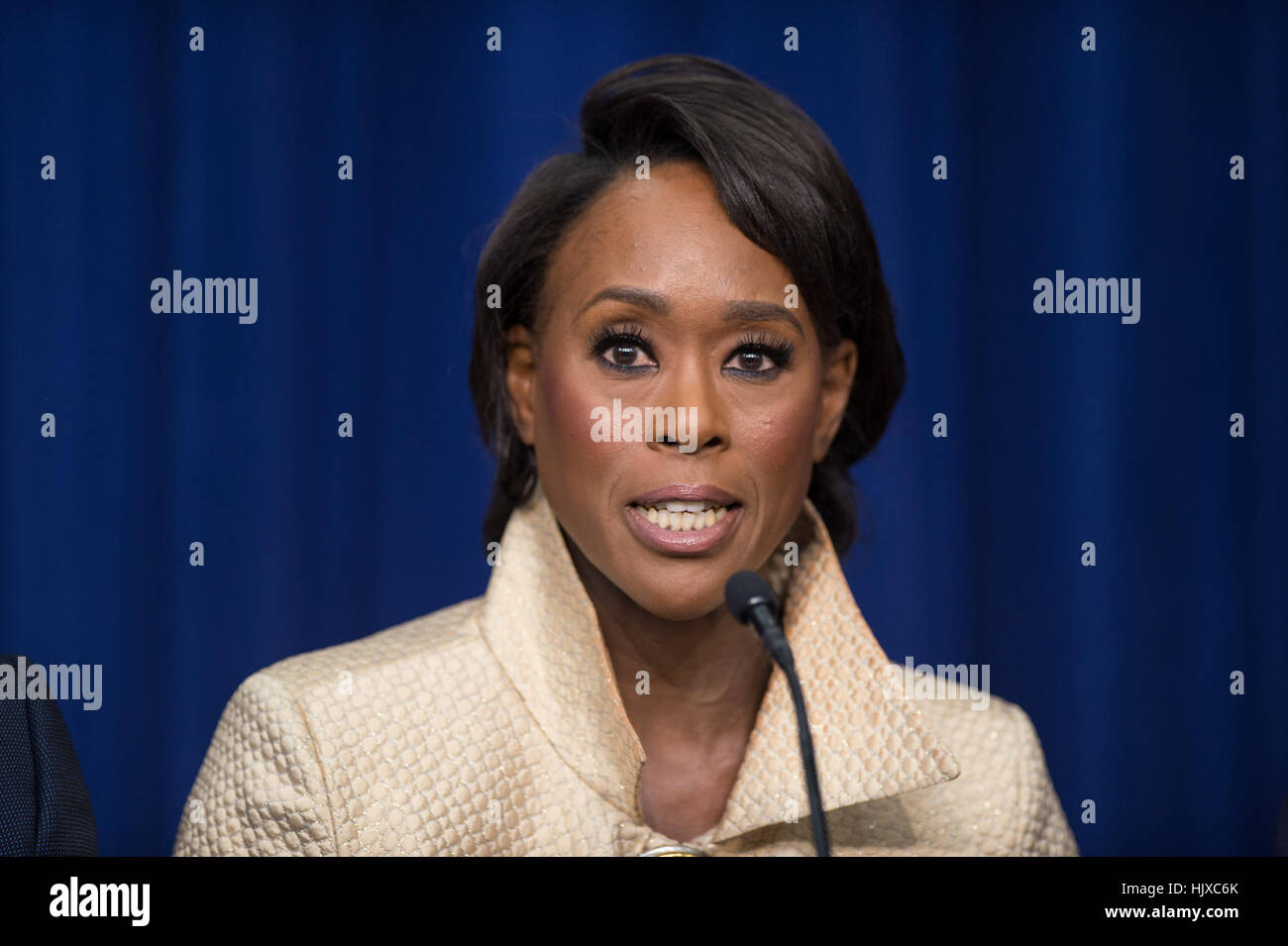

I've got this book of poetry that I wrote. Writing Hidden Figures, for me, was a way of helping myself understand a lot of those things that I've always been trying to understand. It's part of the reason why I went to work on Wall Street, which was something I wanted to do from the time I was really young. The larger story of social mobility and work identity and race and gender-I think that is the story that has interested me forever. Why the hell were there black women at Langley in the segregated south in the ’50s? How did they get there? Where did they come from? It was really that moment that called into question my understanding of that entire thing. There were black people, there were scientists, they did the scientific work and that was the nature of the thing. It was just part and parcel of my perception of what NASA was. There were always women there, there were black women there.

But it never really occurred to me to ask why there were so many women when I got to NASA to visit my dad at work. The facts of the story I knew growing up, because I knew what my father did. My dad was talking about some of the women he had worked with. We were visiting my parents in December of 2010. The genesis of the story really came out of a conversation that my husband and I had with my father. That NASA connection was very much a part of my life from the very beginning.įadulu: Did you know all along that this was a story you wanted to write? I grew up in Hampton, and the women that I wrote about were people I knew growing up. He spent his entire career as an atmospheric research scientist at NASA Langley. My dad worked at NASA he’s a retired research scientist. Margot Lee Shetterly: My mom taught English at Hampton.

This interview has been lightly edited and condensed for length and clarity. I recently spoke with Shetterly about working on Wall Street, dealing with restlessness on the job, and matching one’s temperament to a profession. Not long after that, she wrote a book, Hidden Figures: The American Dream and the Untold Story of the Black Women Who Helped Win the Space Race, about the first African American women at NASA it won the NAACP Image Award for Outstanding Literary Work and was adapted into an Oscar-nominated movie in 2016. It was then that she realized there were probably many people who didn’t realize the crucial role that women-and black women in particular-played in the early days of American space exploration. “Why haven’t I heard this story before?” Shetterly’s husband asked. In 2010, Margot Lee Shetterly, the author of Hidden Figures, was sitting in her parents’ home, catching up with her dad about some of his co-workers at NASA Langley Research Center, many of whom were black female scientists.


 0 kommentar(er)
0 kommentar(er)
